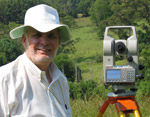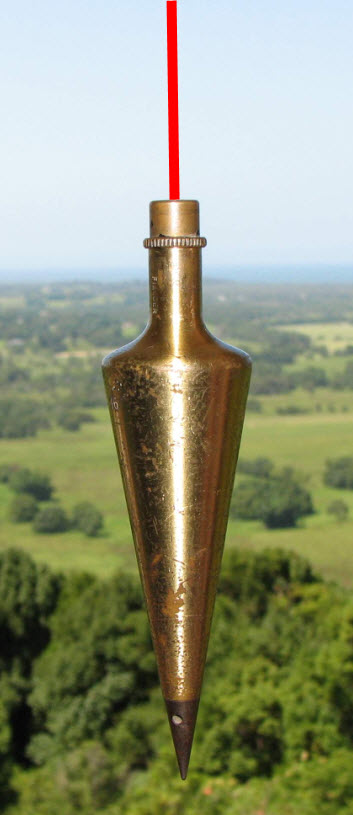The regeneration of Macular Degeneration current interim report card ~ 12 best statements influencing better future eyesight outcomes.
What is the current state of play
” About 110,000 Australians have wet Macular Degeneration ” ~ Macular Disease Foundation Australia, Research Update Summary Paper, page 4 ~ December 2012.
My following extracts are a synopsis of latest developments as detailed in the reference links noted on my previous Journal Blog narrative, “Some experiences of a Land Surveyor with Macular Degeneration….” ~ my aim being to provide a layman’s snapshot interpretation of current best practice paradigms out there. Your additional helpful comments or suggestions would be welcome.
12
” The treatment is based on retinal pigment epithelium (RPE) cells that have been grown from embryonic stem cells. A surgeon injects 150 microliters of RPE cells—roughly the amount of liquid in three raindrops—under a patient’s retina, which is temporarily detached for the procedure. RPE cells support the retina’s photoreceptors, which are the cells that detect incoming light and pass the information on to the brain….the company has reported impressive results with one patient, who recovered vision after being deemed legally blind. “ ~ 16 April 2014
11
” Dr Kang Zhang, chief of ophthalmic genetics at UC San Diego, is studying AMD from several angles. He’s investigating genetic variants associated with the disease to better understand how it develops, along with angiogenesis inhibitors for “wet” AMD. “People at the end stage of end-stage macular degeneration have scar tissue with a loss of photoreceptor cells, so stem cell therapy is the only hope for them,” Zhang said. For those patients, Zhang is studying how to regenerate an entire retina. One approach is to use 3-D “bioprinting” of cells to assemble a retina. Zhang said he and his colleagues are attempting to re-create the embryonic environment in which retinas naturally grow. “Because the retina is a three-dimensional structure, we have to use ‘bioprinting’ to lay down scaffolds,” Zhang said. His team is working with a variety of animal and human cells. ” ~ 12 March 2014
10
” While choroideremia is a rare disease, affecting about one in every 50,000 people, doctors believe the process used to treat it could be turned toward more common inherited eye disorders, such as macular degeneration or retinitis pigmentosa. ” ~ 13 February 2014
9
” The team used a genetically modified virus and inserted it into the cells in the retina of the eye without causing damage. The first six patients to receive the treatment had all shown improvements to their vision in dim light, with two being able to read more lines on the eye chart. ” ~ 16 January 2014
8
“….The cells, called induced pluripotent stem (iPS) Cells, will be morphed into retinal cells, then given to six patients with a major cause of blindness: age-related macular degeneration (AMD)….IPS cells are hailed as the perfect compromise cell. They are adult, so uncontroversial; multi-potent like an embryonic cell, so relatively powerful….” ~ 14 August 2013
7
“…. Damage to the retina causes their sight to become blurry and distorted….Patients use a computer mouse to adjust the Amsler Grid until they can see it perfectly….Using complex algorithms he can produce personalised lenses that compensate for the distortions, and is developing spectacles and contact lenses….We have to eliminate the distortions in macular degeneration with a complex compensation….” ~ 15 August 2013
6
” ….The eye is one of the most advanced fields for stem cell research….It is relatively simple as the light sensing cells only have to pass their electrical message on to one more cell in order to get their message to the brain….Now the London-based team have shown it is possible to replace the light-sensing cells themselves, raising the prospect of reversing blindness….The study showed that these cells could hook up with the existing architecture of the eye and begin to function….” ~ 22 July 2013
5
“….Building upon 14 years of research, we have now created a virus that you just inject into the liquid vitreous humor inside the eye, and it delivers genes to a very difficult-to-reach population of delicate cells in a way that is surgically non-invasive and safe….the viruses penetrated cells spottily across the retina, but almost completely in the very important fine-vision area called the fovea. Current viruses do not penetrate foveal cells at all….Schaffer predicts that the viruses can be used not only to insert genes that restore function to non-working genes, but can knock out genes or halt processes that are actively killing retina cells, which may be the case in age-related macular degeneration….” ~ 16 June 2013
4
” An experimental stem-cell treatment has restored the sight of a man blinded by the degeneration of his retinal cells. The man, who is taking part in a trial examining the safety of using human embryonic stem cells (hESCs) to reverse two common causes of blindness, can now see well enough to be allowed to drive….” ~ 20 May 2013
3
” The bionic vision system consists of a camera, attached to a pair of glasses, which transmits high-frequency radio signals to a microchip implanted in the retina. Electrodes on the implanted chip convert these signals into electrical impulses to stimulate cells in the retina that connect to the optic nerve. These impulses are then passed down along the optic nerve to the vision processing centres of the brain, where they are interpreted as an image….” ~ 20 January 2013
2
“….Recently developed new E-Scoop lenses from Holland now enable doctors to help patients with one of the chief complaints associated with macular degeneration – cloudy vision….The lens has four distinct properties that make vision clearer and sharper, with reduced glare….The yellow tint improves contrast, the prism moves the image away from the damaged macular area, the thickness of the lens, combined with its special “base” curve, makes objects appear slightly larger….” ~ 9 September 2012
1
“….As our understanding of the pathogenesis of AMD continues to improve, so does the prospects for new diagnostic and therapeutic approaches. Hopefully, we will eventually eradicate AMD and dramatically improve the quality of life in our older generation.” ~ June 2012
Help grow an information resource for better treatment outcomes for Macular Degeneration.
with my gratitude to Gillian, Sam and Tee
Dictated to my wife, Gillian
regeneration






